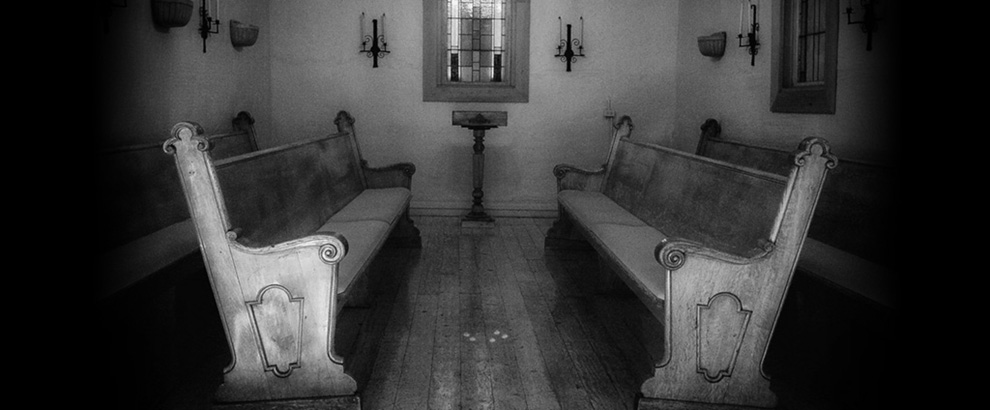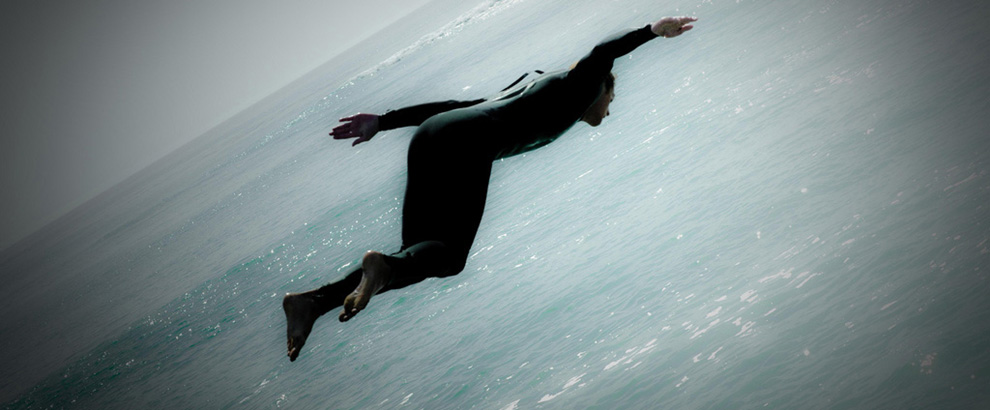
A modern wedding scene on the dance floor, amidst the mostly late ’20s-early ’30s crowd that are peers of the newly betrothed. It’s been a couple hours since the vows and dinner and multiple, somewhat long-winded toasts that seem to have become an obligatory feature of weddings today. (“I first met Sam in third grade when…”)
Then comes the new hubby-wifey dance to their own special song, its dying notes prompting the DJ to finally crank up the music and the pace as all the waiting young’uns and no small number of old’uns stream onto the dance floor. (It’s early yet, and everyone feels young and renewed at a wedding—at least for a while.)
Their single-minded goal: to commence the dead-serious ritual of celebrating the young couple and expressing all the good mojo they feel in bearing witness and immersing fully in such a joyous occasion.
And “immersing fully” is what the dancers most definitely do.
As the songs connect and lap over each other like the wind-driven waves of a late afternoon beach, the laughter and joy whoops get louder, the vertical jumps and bounces higher, the fist pumps more emphatic.
“I wanna take you high-igh-igh-ER!”
With each song, every dance move seems more exaggerated and bursting with expression and energy than the one before. Sweat beads on foreheads and dampens shirts, hearts and respiratory rates race to meet the demands of every thumping bass line, eyes alight and dancing in their own right. The building itself seems to pick up the pulse of the whole collective experience and throb right back, as just another participant brought into the select company partaking of this most wondrous, ecstatic night.
***

***
“‘Sister, are you not feeling well?’ God was present in Sister Anne’s voice, He was present in her face.
“Nothing was changed, yet everything was changed. Compared to this, she felt as if she had been sleepwalking all her life. ‘God is here,’ she answered. She picked up the pin and guided it through the fabric.
I pierce the universe.
God pierces me.
I do not think; I am thought.
I do not know; I am known.
“Every thought, every breath, was poetry. She had passed through her dark night of the soul, and understood now how the light in one’s heart—the light of faith—could shine brighter than the midday sun. When the bell rang for private prayer, she went to the scriptorium to get a notebook. She brought it back to her cell, closed the door, and watched in amazement and joy as light poured out of her onto the pages.”
—From Mark Salzman’s novel, “Lying Awake” (2000)
***

***
Paused at a stoplight on an October afternoon. The top is down, the sun is shining, the temperature neither hot nor cold, as if there were no temperature at all. Absolute midpoint.
A few cars at all four corners, the traffic lazy at most, but I do not hear them or see their occupants or note any movement whatsoever. And there doesn’t seem to be any noise at all, as if I were in a silent movie, plotless, sans dialogue, just a single snapshot of one corner at one moment in one part of a vast sprawling universe that, when I find myself thinking about it, am astounded to know as home.
A barely perceptible breeze sends an oak leaf fluttering past the front hood. I watch its descent, my attention rapt, my pleasure intense, my sense of contentment and quietude as all-enveloping as the sunshine that spotlights the entire urban landscape that I have had the good fortune to come upon and rest into on this most wondrous, ecstatic afternoon.
***

***
“She was creeping slowly to the center of herself. He was the bridge she took to get there. Around her was a steep universe, dark at the edges, encroaching. There were rocks with inky shadows and tree branches against a night sky. Did he know how he was carrying her? Could he feel it?
“She felt as if a powerful magnet were pulling her up against resisting air. Her body kept meeting waves of pressure and pressing through them. Everything was swimming upward. She rode the steep rises and something luminous and thin ran up and down her spine. Light was coming out of—out of her ears, her forehead! She was radiating light. Stiff wings beat in her head. Her mouth was battered. Everything around her was lifted and golden and electric.”
—From Susan Minot’s novel, “Rapture” (2002)
***
I think I can safely characterize the entire decade of my 20s as an intense search for God. Trying to come to grips with what that word meant to me, all of the everything I did toward reconciling the pursuit of happiness in the benevolent portion of the universe I was fortunate to mostly occupy and the reality of the horrors I observed and learned about mostly, thankfully, at a distance.

On the benevolent end, alcohol played an eye-opening role, various select drugs of the day prying them even wider. The wonders of sex, of wanderings alone and with others in the desert and mountain wilderness, of immersion in meditation and therapy, in reading far and wide and in running far and hard and fast through every terrain and clime.
These many years along, I’m none too certain I’ve learned all that much more, despite all the books lining my shelves and thoughts still crowding my brain about the whys and wherefores of every damn and golden and abominable and rapturous thing.
Except, perhaps, about the primacy of experience, of this day, this moment “that the Lord has made,” every one of them worthy at the very least of my attention, and often, lucky me, my laughter and delight in the antics of people and animals, clouds and leaves and moving water, in the sheer fact that such moments keep piling atop one another in a so-far continuous cascade.
And maybe that ecstasy (the experience, not the drug), while a helpful pointer in the beginning and occasional reminder along the way, seems to wane in importance with age.
Not that it does or should disappear altogether (I was happily out on that dance floor, after all—for a while), but only that it doesn’t seem to occupy center stage anymore. At least not the star-bursting, high-voltage, rapturous kind.
For all its dazzlements, that type of ecstasy perhaps lacks the solidity and steadfastness to claim for itself the truest measure of humankind’s relentless quest to swallow the world and thereby make itself feel whole at last.
***

***
“Mystical states cannot be sustained for long. Except in rare instances, half an hour, or at most an hour or two, seems to be the limit beyond which they fade into the light of day. Often, when faded, their quality can be but imperfectly reproduced in memory; but when they recur it is recognized; and from one recurrence to another it is susceptible of continuous development in what is felt as inner richness and importance.”
—From William James’s “The Varieties of Religious Experience” (1902)
***
***
Check out this blog’s public page on Facebook for 1-minute snippets of wisdom and other musings from the world’s great thinkers and artists, accompanied by lovely photography.
http://www.facebook.com/TraversingBlog
Deep appreciation to the photographers! Unless otherwise stated, some rights reserved under Creative Commons licensing.
Elizabeth Haslam, whose photos (except for the books) grace the rotating banner at top of page.
https://www.flickr.com/photos/lizhaslam/
Library books photo by Larry Rose, all rights reserved, contact: larry@rosefoto.com
Dancers by Lieven Soete, Brussels, Belgium https://www.flickr.com/photos/lievensoete/
Mountain peak by Mariya Tereshkova, Saint Petersburg, Russia https://unsplash.com/@mawsik
Shadow and plant by Kevin Dooley, Chandler, Arizona https://www.flickr.com/photos/pagedooley/
Woman in bed by J.C. Rojas, Meridas, Venezuela https://www.flickr.com/photos/jcrojas/
“Emergence” sculpture by Tinka Jordy https://tinkajordy.com, photo by Andrew Hidas https://www.flickr.com/photos/andrewhidas
Camel desert crossing by Stephen Hill, San Rafael, California https://www.flickr.com/photos/stephenhill/















Recent Comments